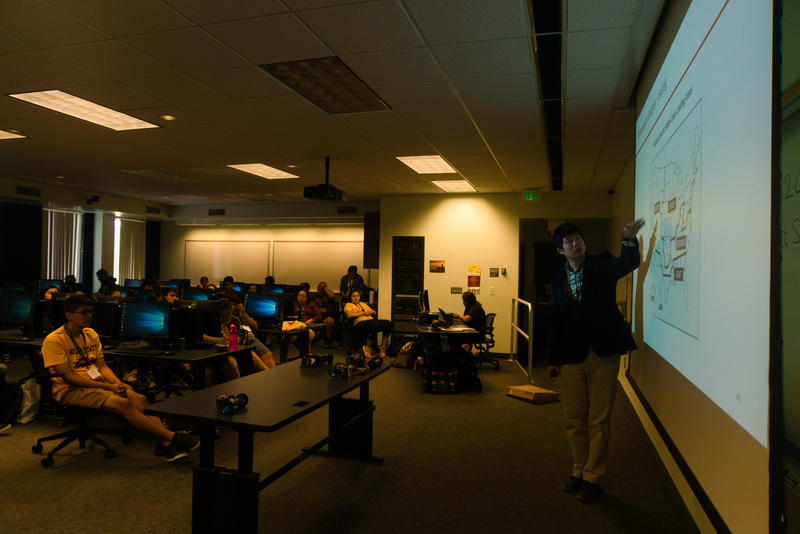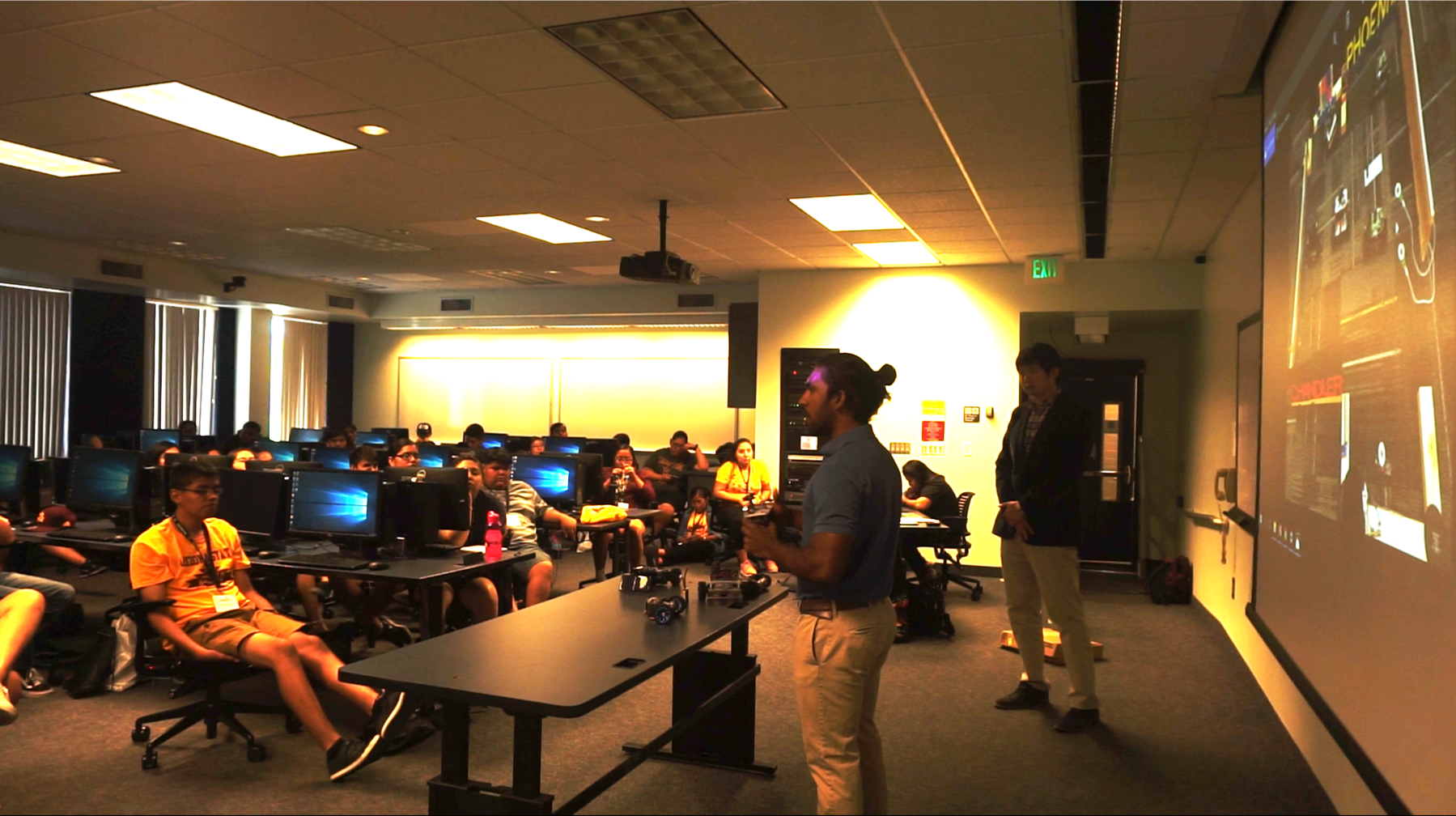Arizona has a rich Native American history and culture, and is home to the third-largest population of Native Americans at about 296,732 (U.S. Census Bureau, 2010) with a total of 22 tribal nations [1,2,3]. In grades 3 to 12, Native American (NA) students comprised approximately 5% of the total student enrollment at Arizona public schools in FY17 [3]. Maricopa County, where ASU is located, has the largest number of grade 3 to 12 NA students in Arizona. Therefore, Yang initiates the How Your Ancestors Used AI program to take advantage of the interdisciplinary and visual properties of the proposed research in machine learning, offering an excellent opportunity to establish a convincing connection between the wisdom from ancestors and the cutting edge research that can potentially be applied to every aspect of our present life [4]. In the long-term, this project can also help reduce the dropout rate of Native Americans [5] by engaging students in STEM educational activities that are culturally responsive [6].
Preliminary Activities. Yang has collaborated with ASU American Indian Initiatives and conducted a discussion followed by a lab tour for Native Americans students from 22 tribes. In the discussion, Yang explained to the students how the Salt River flooding used to cause remarkable destruction to the Native American land. To mitigate the damage, their ancestors designed the irrigation system to deal with the rain and flood patterns. Yang further explained how their ancestors developed the irrigation system is a form of AI using a standard data collection and data mining process. The students then engaged in a hands-on experience with a cutting edge big data platform, in which they drew a simple statistical analysis of the geographical system near their tribe lands using geographical data for solar generation in Arizona. The exercise successfully stimulated students' interest. Yang then switched the topic from software to hardware. The PI showed the students how four solar-electric vehicle robots interact with each other to locate a charging station at a low price. Finally, Yang's sophomore student, Dinesh Silva, discussed with the students on his experience for joining a research team.


[1] Population Division Population Estimates Program. (ST-99-46) States Ranked by American Indian and Alaska Native Population, The U.S. Census Bureau, July 1, 1999.
[2] World Population Review. Native American Population by State.
[3] Accountability & Research Division. Arizona 2017 indian education annual report. In Arizona Department of Education, 2017.
[4] W. Craven. American art: History and culture. HN Abrams, 1994.
[5] S. C. Faircloth and J. W. Tippeconnic III. The dropout/graduation crisis among American Indian and Alaska Native students. 2010.
[6] J. Kant, S. Burckhard, and R. Meyers. Engaging High School Girls in Native American Culturally Responsive STEAM Activities. Journal of STEM Education, 18(5), 2018.